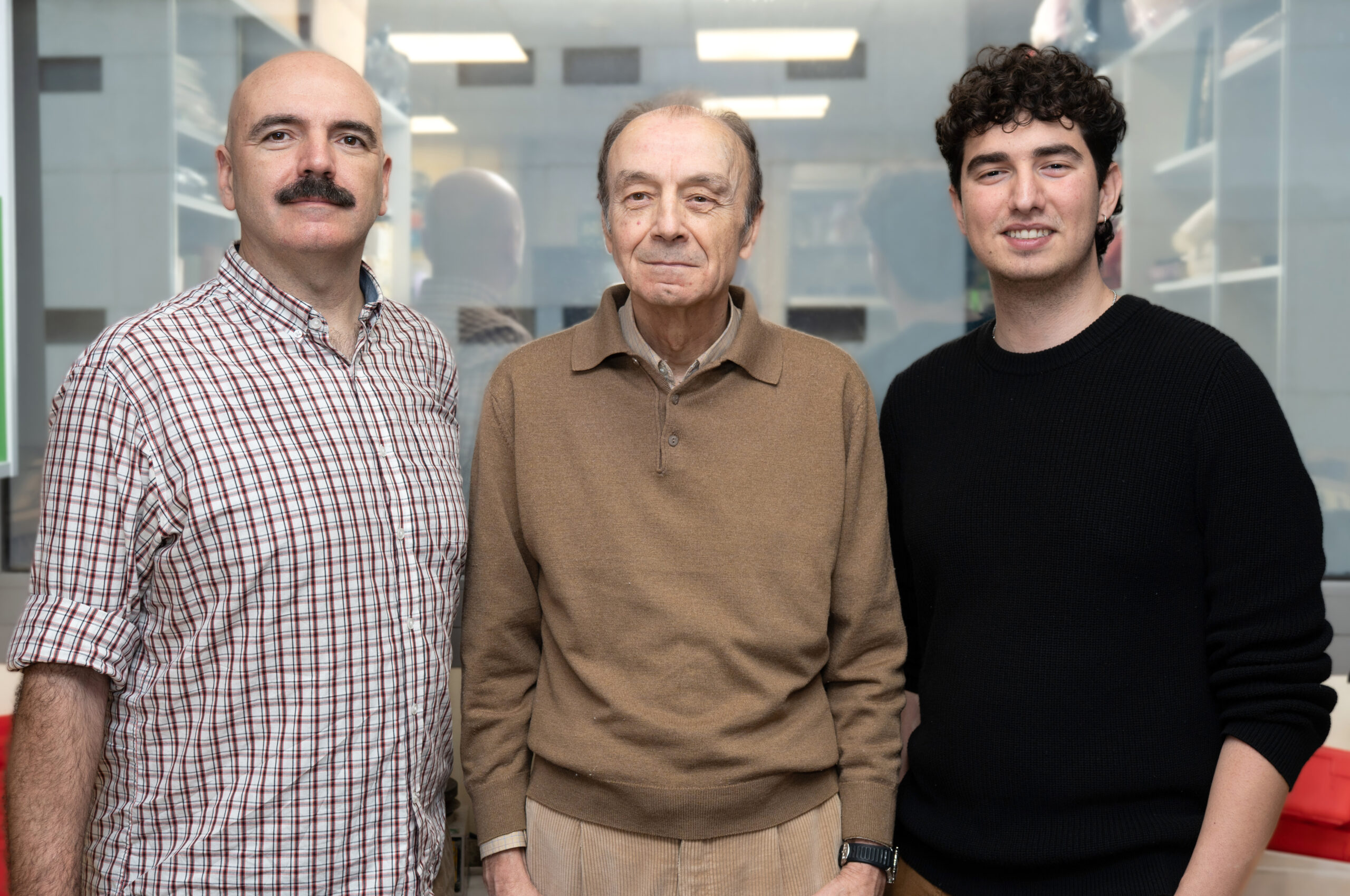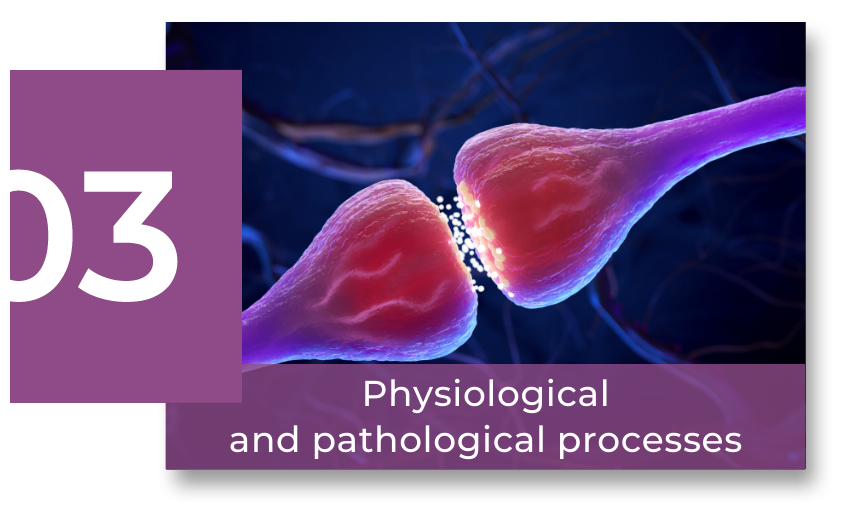Scientific Program
Tissue and organ homeostasis
RESEARCH GROUP
Segmental specification and pattern formation in Drosophila

Ernesto Sánchez-Herrero Arbide
The Hox genes are a group of genes conserved in evolution specifying organ development in the bilaterians. We aim to decipher how they do it. For this purpose we use genetic, cellular and developmental techniques using Drosophila melanogaster as model organism. The investigation of Hox activity and organ formation impacts areas of developmental biology, animal evolution and human syndromes studies.
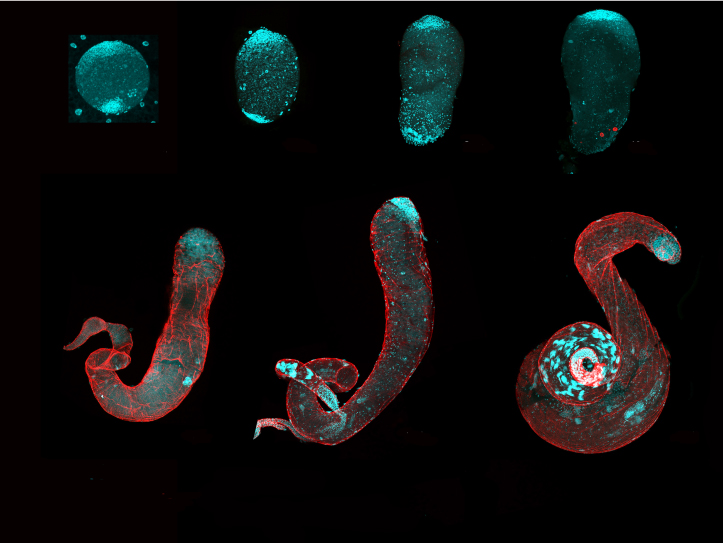
Research
One important question in developmental biology is to understand the mechanisms that control size, shape and pattern of different structures in each organism. Our aim is to study these issues in Drosophila melanogaster, with a special focus in the analysis of Hox genes. These genes specify the identity of different structures along the anteroposterior axis of all the bilaterians. The Hox genes code for proteins that bind DNA and regulate the expression of downstream genes, which eventually determine changes in form, size and pattern in different organs.
We are concentrating in the analysis of Hox gene function during Drosophila development. More specifically, we study two functions of the Drosophila Hox gene Abdominal-B (Abd-B): the development of the posterior abdomen and genitalia and the formation of testes. In males, the seventh abdominal segment develops during larva but is eliminated by cell extrusion during pupa, and this suppression depends on Abd-B activity. We investigate how the Abd-B protein cooperates with the cofactors Extradenticle and Homothorax to regulate target genes that accomplish segment elimination. This Hox gene also controls development of the genitalia and analia. These two structures rotate 360º during pupal development. This rotation depends on Abd-B and sex determination activity on the genitalia primordium but also on permissive signals from the abdomen: cells in the abdomen have to undergo apoptosis, extrude and eliminate Extracellular matrix to allow correct rotation of the adjacent genital disc
Another objective of our analysis is to elucidate the mechanisms of testes formation. During pupal development the male genital disc everts and contact with the testes; muscle cells migrate from the genital disc, surround the gonads and, subsequently, the testes elongate and coil dextrally. We have found that the Hox gene Abd-B is required in the muscles for the correct development of the testes. Elongation is also prevented if muscle cells are mutant for the Notch pathway or change the sex from male to female. The testes are surrounded by a basal membrane, between muscle cells and cells making spermatogenesis, and in this space there are proteins of the extracellular matrix. We study how the regulation of elements of the Extracellular matrix controls testes elongation during pupa and how Abd-B governs the different pathways to achieve testes morphogenesis. As to the testes dextral coiling, this depends on the activity of the myosin ID, and we have found this is required in the muscles that surround the testes. We use explants of testes and movies to confirm Myosin ID role and also to show how Abd-B regulates the coiling direction: dextral, sinistral or absence of rotation when different genes and signals pathways are modified.
We have also carried out studies of regeneration in discs with different homeotic information within each of them. The haltere disc specifies halteres, organs homologous to wings, and this specification depends on the Hox gene Ultrabithorax, expressed in haltere discs but not in wing discs. In studies of cell death and regeneration in haltere discs mutant for the regulatory region bithorax, which is needed to specify anterior haltere as opposed to anterior wing, we find normal region of the anterior region. However, in similar experiments in mutants for postbithorax region, in which the posterior part of the haltere is transformed into the corresponding one of the wing, we find duplications of the posterior region. We are investigating the mechanisms accounting for these duplications.
Group members

Ernesto Sánchez-Herrero Arbide
Lab.: 422/415.3 Ext.: 4699
esherrero(at)cbm.csic.es
Selected publications
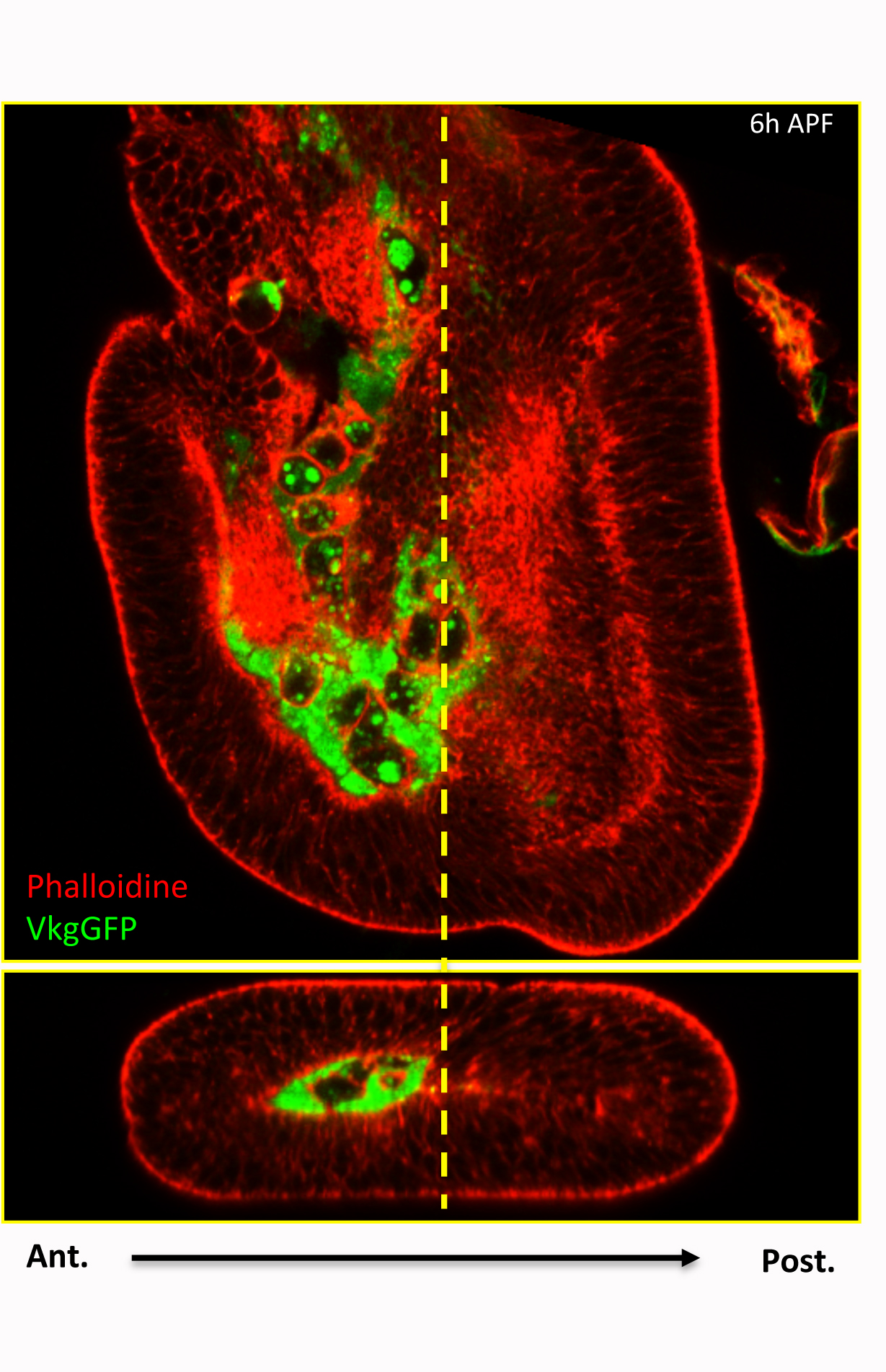
The Drosophila Hox gene Ultrabithorax controls appendage shape by regulating extracellular matrix dynamics
José M De Las Heras et al.
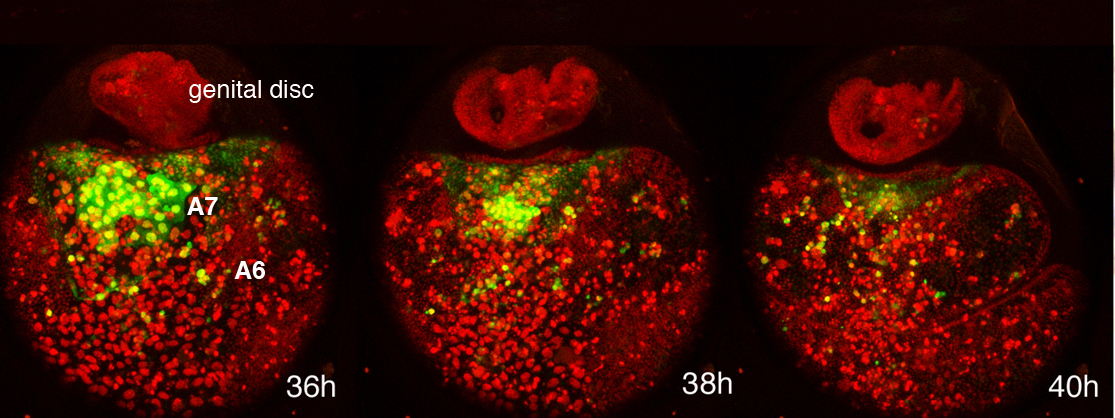
Drosophila Hox and sex-determination genes control segment elimination through EGFR and extramacrochetae activity
David Foronda et al.
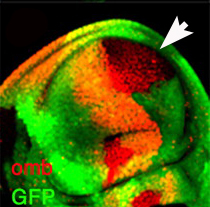
The ultrabithorax Hox gene of Drosophila controls haltere size by regulating the Dpp pathway
Luis F de Navas et al.
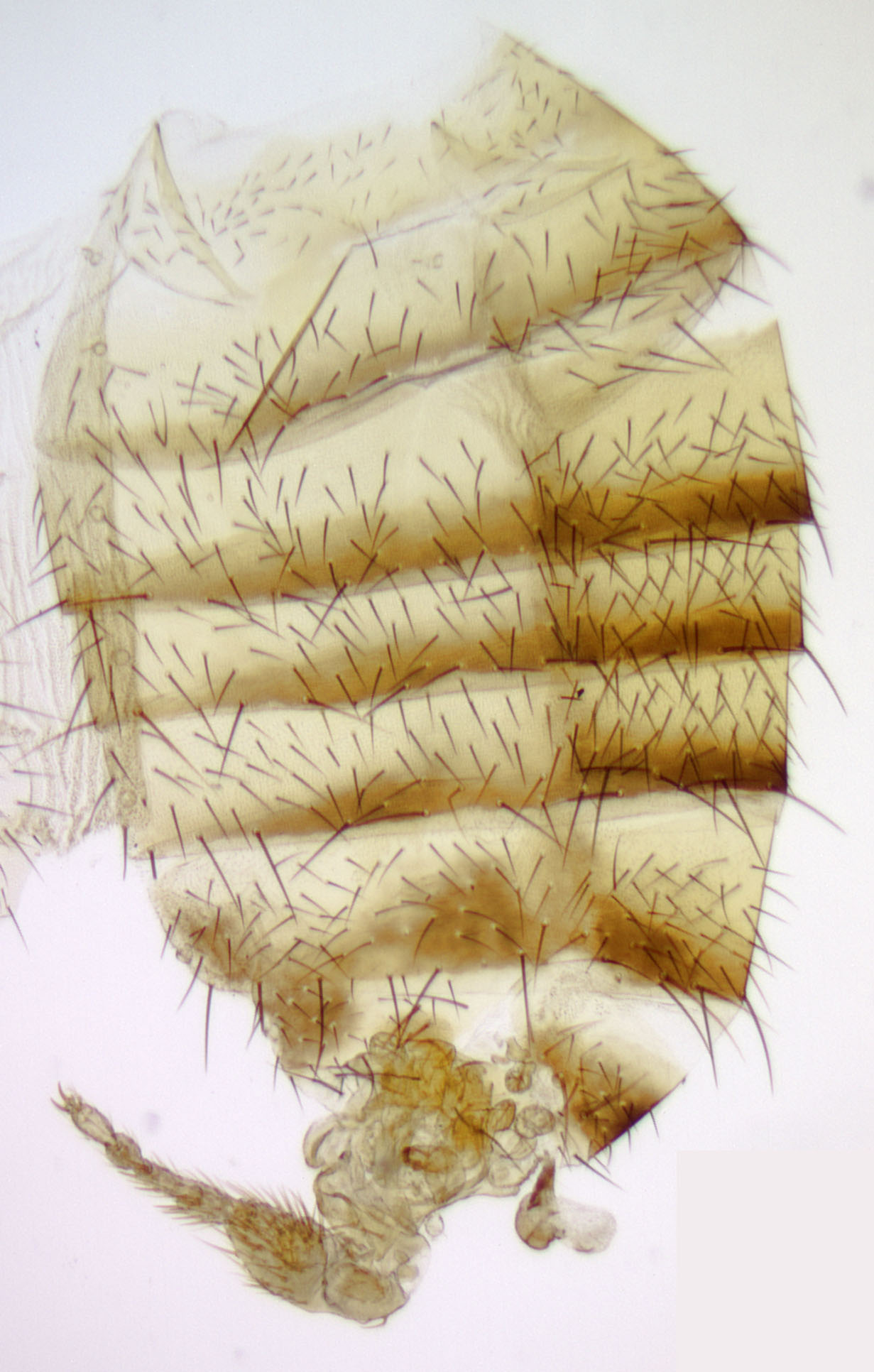
The Hox gene Abdominal-B antagonizes appendage development in the genital disc of Drosophila
B Estrada et al.

